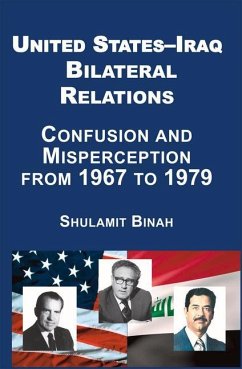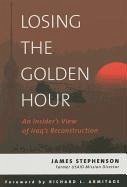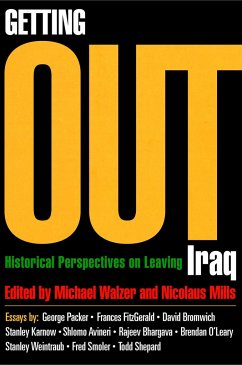
A Case Study in Security Sector Reform
Versandkostenfrei!
Versandfertig in über 4 Wochen
27,99 €
inkl. MwSt.
Weitere Ausgaben:

PAYBACK Punkte
14 °P sammeln!
This paper provides a case study to help explain the SSR concepts that were recently formalized in U.S. Army Field Manual 3.07, "Stability Operations Doctrine." It provides insights into how the military interacts with host-nation governments, the United Nations, the State Department, and national embassies to solve today's complex problems. The author's experience revealed many pitfalls in security sector building and international team-building that we are trying to avoid today. The author points out the synergy that was lost because of a lack of coordination and understanding between govern...
This paper provides a case study to help explain the SSR concepts that were recently formalized in U.S. Army Field Manual 3.07, "Stability Operations Doctrine." It provides insights into how the military interacts with host-nation governments, the United Nations, the State Department, and national embassies to solve today's complex problems. The author's experience revealed many pitfalls in security sector building and international team-building that we are trying to avoid today. The author points out the synergy that was lost because of a lack of coordination and understanding between government officials and nongovernmental organizations like aid groups, academia, and think tanks. This work has been selected by scholars as being culturally important, and is part of the knowledge base of civilization as we know it. This work was reproduced from the original artifact, and remains as true to the original work as possible. Therefore, you will see the original copyright references, library stamps (as most of these works have been housed in our most important libraries around the world), and other notations in the work. This work is in the public domain in the United States of America, and possibly other nations. Within the United States, you may freely copy and distribute this work, as no entity (individual or corporate) has a copyright on the body of the work. As a reproduction of a historical artifact, this work may contain missing or blurred pages, poor pictures, errant marks, etc. Scholars believe, and we concur, that this work is important enough to be preserved, reproduced, and made generally available to the public. We appreciate your support of the preservation process, and thank you for being an important part of keeping this knowledge alive and relevant.












